|
January is Alzheimer's awareness month!
Today's 'Tip Tuesday' comes from Clinical Herbal Therapist, Petra Sovcov. Petra is the founder and wellness director at Healing House. She has a passion for herbal medicine and has been active with natural health and wellness since 2001. In practice, Petra has a focus on chronic inflammatory conditions and diseases and feels that many chronic health issues today are caused by environmental toxins and chronic food additives that trigger the body's inflammatory defenses. In the following blog post, you can learn some general info behind Alzheimer's and some of the herbs that are often used to assist in supporting the body naturally. Alzheimer's disease is a common type of dementia, or decline in intellectual function. Once considered rare, this disease is now known to affect as many as 5.3 million people in the US (Alzheimer's Association). It afflicts 10% of Americans over the age of 65, and as many as 50% of individuals over 85 years of age. This disease does not only affect the elderly, but may strike as early as the age of 40. Some of the common warning signs of Alzheimer's include: 1.Difficulty with familiar tasks. 2.Slipping job performance (if still working). 3.Language difficulties. 4.Confusion of place and time. 5.Lack of judgement. 6.Problems in abstract thinking. 7.Misplacing objects. 8.Mood fluctuations. 9.Changes in personality. 10.Lack of initiative. In Alzheimer's disease, memory and abstract through processes are impaired. It is considered an irreversible and progressive disorder in which critical parts of the brain are deteriorated - this deterioration may precede measurable symptoms by as much as 20 years. There have been studies done that have shown digestive malabsorption problems in individuals with Alzheimer's - leading to chronic nutritional deficiencies which may play a significant role in the pre-clinical phase of this disease. Additionally, studies have shown low levels of antioxidant vitamins such as A and E and the carotenoids within Alzheimer patients. These vital nutrients act as free radical scavengers, and chronic deficiencies may expose brain cells to increased oxidative damage. In the attached graphic, you can see some helpful herbs for brain health that assist with supporting neurotransmitters and can potentially mitigate oxidative damage, and increase mental clarity and stamina. A more in-depth picture of the herbs can be found below: Ginko (Ginko biloba)- Also known as Maidenhair tree, Ginkgo is considered to be an energy and cognitive enhancer, neuroprotective, adaptogenic, antioxidant, anti-inflammatory, brain/blood flow enhancer, circulatory stimulant, and nutritive. It is said to improve the brain's metabolism of glucose and oxygen and the usage of acetylcholine (ACh - a neurotransmitter and neuromodulator). It is said to promote blood flow to the brain, and to improve memory, concentration, cognitive, and overall brain function, making it a specific in cases of cognitive decline, dementia, and Alzheimer's disease. Water Hyssop (Bacopa monnieri) - This herb is traditionally considered to be a cognitive and memory enhancer, nerve and brain tonic, mild adaptogen, antioxidant, anti-inflammatory, cardiotonic, and bitter. Considered in cases where there is a need to improve memory and concentration, mental performance, and cognitive function and learning. It is considered to be a specific in Alzheimer's and also in Parkinson's disease as well as other types of issues where impaired mental function is present. Its constituents include steroidal saponins which increase protein kinase activity and protein synthesis in the long term memory brain region. These constituents also are said to have a reputation for increasing circulation in the brain and also to balance gamma aminobutyric acid (GABA) and glutamate in the brain, which in turn promotes orderly nerve firing. Gotu Kola (Centella asiatica) - This herb is considered to be a nervous system tonic, central nervous system relaxant, adaptogenic, anti-inflammatory, detoxifier, blood tonic, bitter, digestive, and a peripheral vasodilator. In regard to brain health it is said to promote longevity and to increase memory and concentration. It is traditionally used for mental and physical exhaustion and stress, but is also considered a specific in Alzheimer's disease, Parkinson's, and ADHD. Its root is rich in amino acids (alanine, serine, aminobutyrate, asparte, glutamate, histidine, lysine, and threonine, and is rich in anti-inflammatory flavonoids. It is also considered a detoxifier when it comes to heavy metals and heavy metal deposits stored in fatty tissues. Wood Betony (Stachys officinalis/Betonica officinalis) - A beautiful herb considered to warm and gladden the heart. Wood betony has a long standing relationship with brain and mental health and was used in medieval times for depression and melancholy. While this herb is not considered a specific for Alzheimer's, its helpful actions should not be ignored. It is considered to be a nervous system and general tonic, alterative, bitter, and circulatory tonic. It is used to both strengthen and relax the nervous system and to promote circulation to the brain and improve memory. It is excellent for stages of anxiousness and confusion brought on by various types of dementia and is used traditionally in states or irritability, nervous tension, depression, stress, anxiety, hysteria, and disturbed sleep. Often times this herb can be used when other serotonin balancing herbs cannot as it does not use the same pathways and has less contraindications than its close friend, St. John's Wort. Siberian Ginseng (Eleutherococcus senticosus) - This herb is excellent for bringing up energy levels without being overtly stimulating. It is considered to be a general and adrenal tonic, adaptogenic, antitoxic, immunomodulator, immunostimulant, immunoprotective, anti-inflammatory, circulatory stimulant, vasodilator, and bitter. Traditionally it is used in states where one needs to increase mental alertness, memory, concentration, energy, endurance, and resistance to states of chronic and acute stress. In in vivo studies it was shown to decrease adrenal hypertrophy and corticosteroid production. It was also shown to reduce the extent of the fight or flight reaction and reduces the exhaustive effects of long term stress which may accompany many Alzheimer's patients in early stages of the disease. In health and wellness, Petra As with all of the herbal information we post on our blog, the above is not meant as a means of diagnosis or treatment. The herbal information is not intended to replace advice or prescription drugs given to you by your doctor. If you have a medical issue, please see your medical doctor first and foremost. Also, please do not self dose on herbs, please see an appropriate practitioner to review dosage and potential contraindications as not all herbs are appropriate for all individuals.
7 Comments
What You Put On Your Skin Matters - By Jaycee Clarkson, Ayurvedic Lymphatic Massage Practitioner1/17/2021 What is the first thing you do when you wake up or before leaving the house for the day? Perhaps you soap up in the shower? Wash your face or put on deodorant? Many people have a daily routine that involves putting some sort of product on to the body.
So what really happens when we put something on our skin? Well - the skin is the body’s largest organ of absorption and elimination. What we put on our skin is absorbed and enters our body coming into contact with our tissues, organs, and glands. Seven years ago, I was shocked when I started flipping over my body care products and paying attention to the ingredients. Many of them had long long lists of unfamiliar words and chemical terminology. I was even more shocked when I started discovering what these ingredients were and their potential harmful effects on our health. Below we will look at three super common ingredients in skin and body care products. I encourage you to take a moment and grab a few bottles, be it hand soap, facial moisturizer, or shampoo, to see if the following ingredients pop up… Parabens (Paraben, methylparaben, butylparaben and propylparaben) - Act as preservatives in a variety of cosmetics. They are suspected endocrine disruptors and may interfere with male reproductive functions. Parfum - Any mixture of mystery fragrance ingredients that can trigger allergies and asthma. Some are linked to cancer and neurotoxicity. Some are harmful to fish and other wildlife. Sodium Laurel Sulfate - Used as a foaming agent in products such as shampoos, cleansers and bubble bath. Can be contaminated with 1,4-dioxane, which may cause cancer. Eek! Manufacturers market that these ingredients are present in such small amounts that they are “safe”, but when small amounts of potentially harmful ingredients are used once, or often multiple times a day, they build up in our system and add to our toxic load. When combined with daily exposure to other toxic substances through the air we breathe, the water we drink, and the food we eat, this build up can happen faster than our body’s ability to safely eliminate them. WHAT CAN WE DO? 1. Get informed! • The David Suzuki Foundation has incredible resources including the Dirty Dozen - a list of 12 ingredients to watch out for in skin care. • Another amazing resource is the Environmental Working Group’s Skin Deep database where you can search for products and individual cosmetic ingredients to check their safety rating. 2. Choose simple and pronounceable - Vote with your dollars! By choosing products with short lists of ingredients that you can pronounce we signal to manufacturers that this is what we want to see more of in skin care products. 3. Stay tuned! Next time we will dive into what our skin LOVES and how to nourish it with a focus on plant infused, whole, natural ingredients. If you are like I was many years ago - and you discover a large amount of products containing the Dirty Dozen - my counsel to prevent waste and emotional overwhelm, is to use up what you have and slowly start to transition. It can take time! As you transition, not only will you be reducing your daily dose of chemicals, you will also prevent these substances from entering our waterways, protecting aquatic ecosystems too! Jaycee practices Ayurvedic Lymphatic Drainage Massage and crafts her own line of plant infused skin care products and natural deodorant - check out her website to learn more or contact the office at Healing House to schedule an appointment. As temperature cools and daylight shortens, life’s pace slows down: plants grow slower and some animals hibernate to conserve energy for the spring to come. Your health also goes through seasonal shifts that require adjustments to your nutrition and lifestyle to strengthen your foundational health. Let’s take a look at three practices that you can do to support your immune and digestive health during this time of the year. Slightly Cooked Vegetables and Herbal Tea If you notice you have been skipping salads and icy smoothies as the weather cools, adding vegetables to soups can be a great way to get more nutrients into your digest. Digestion and absorption requires optimal temperature and pH to occur. Extreme cold temperatures tend to cause the restriction of blood vessels causing poor circulation, sluggish digestion and in some cases, intestinal spasms as the body tries to warm things up to its preferred temperature range. Moderate amounts of fresh produce are completely okay and beneficial if your body feels good consuming it. Personally, I can’t resist the crunch of a beautiful, locally grown apple. However, if you notice a pattern of loose stool, bloating and cramps you might want to swap the icy cold water or soda to a caffeine free herbal tea, and swap the loaded raw salad with a slightly steamed or stir-fried vegetable. The optimal ratio of raw vs. cooked food varies based on the individual’s constitution, their current state of digestive health, and the climate. Immuni-Tea from Healing House is a delicious herbal blend that contains antimicrobial and immunity supportive herbs to support your respiratory system health and your overall immunity. Healthy Fat and Protein
Cold, brisk air can make the skin feel dry and sensitive. Amping up healthy fat intake is a good way to provide crucial nutrients to support and nourish your skin. Another benefit of having the healthy fats in your diet is because some quality fats are carriers of immune protective antioxidants such as vitamin A, D, and E. Gamma Linolenic Acid Unlike the type of omega 6 people acquired from processed foods such as deep fried chips and baked goods made with vegetable oils, GLA provides emollient effects for hair and skin, in addition to also providing support for hormone health. You can get GLA from spirulina, chlorella, hemp seeds and/or its oil, evening primrose oil, borage oil. It’s important to consider adding the following foods into your diet to keep a balanced ratio of omega 3 to 6 in your body. Alpha Linolenic Acid and Fish/Algae Oils Omega 3 provides anti-inflammatory properties to the body, especially beneficial to joint, skin, mood and hormone health. You can get ALA from flax seeds, hemp seeds, walnut, chia seeds, perilla seeds. Fish and algae oil provides pre-activated forms of omega 3 making it readily available for the body. A good quality cod liver oil can also provide the body with vitamin A and D. Quality Protein Winter is a good time to deepen your connection with your body and improve your vitality by increasing the nutrient density of your diet. Bone broth that takes hours and hours to simmer is a great way to extract readily available collagen, glucosamine, calcium, magnesium, zinc and potassium. Take advantage of the slow cooking process to toss in some mushrooms, like maitake, shiitake, wood ear and lions mane to enhance the flavour and texture of the soup such as. These mushrooms also provide immune modulating beta-glucans to support your health. You can also take your soup to the next level by adding some blood tonifying herbs such as burdock, goji, astragalus and dan sheng. Digest Better With Bitters If your digestive system feels sluggish from the winter season, you can naturally stimulate your digestion with bitter foods such as kale, endives, rapini, broccoli, mustard greens and arugula. Bitter flavour stimulates bile production which naturally helps to promote intestinal peristalsis and kills off bad bacteria in the gut. Disclaimer Please consult a qualified practitioner before using herbal medicine. This article is for information purposes only. About the Author Tahlia Sage (Certified Nutritional Practitioner, Bsc Food, Nutrition & Health) is a partner at Healing House Natural Wellness (healinghouseherbal.com), the founder of Tahlia Sage Wellness (tahliasagewellness.com) and she is also an instructor at the Institute of Holistic Nutrition. Her coaching practice helps clients achieve their wellness goals by embracing functional foods and healthy lifestyle changes. Tahlia’s own health challenges and weight issues prompted her to pursue an education in nutritional science and holistic nutrition. Tahlia empowers her clients to regain balance with easy, concrete steps. Connect here with Tahlia for a free 15 min discovery session. Whether it's keeping that number on the scale low or high, the optimal weight for an individual is individual. In some individuals, weight can be indicative of overall health. Sustaining a range that is appropriate for one’s physiology is significant in disease prevention and well-being. Almost all of our body systems can be negatively impacted by unhealthy weight, but there are plenty of conditions and disorders that can become more susceptible if over or underweight. To list a few: ✶ Cardiovascular disease ✶ Heart attack ✶ Stroke ✶ Diabetes ✶ Mental health ✶ Cognitive function ✶ Blood pressure ✶ Arthritis ✶ Poor immune function ✶ Thinning / loss of hair ✶ Skin conditions ✶ Fatigue ✶ Poor dental health ✶ Anemia ✶ Developmental delays ✶ Amenorrhea ✶ Malnutrition ✶ Gallstones ✶ Impaired growth ✶ Osteoporosis ✶ Asthma ✶ Cataracts ✶ Infertility ✶ Some cancers ✶ Snoring ✶ Sleep apnea Lots right? Moving on! Insights geared towards weight will be looked upon differently by each individual, and tips and guidance are going to be directed to best suit that person. It would be negligent of me to provide specific and detailed tips to an audience on how to obtain and manage everyone’s optimal weight range. For example, I wouldn't feel comfortable suggesting something like ‘try to carry out 30 minutes of cardio for a minimum of 4 days a week’, because the individual reading the article may be suffering from a pre existing condition. Or, if I said something like ‘you should consume 2 sweet potatoes a day’, while the person reading may have exceedingly different intentions towards their optimal weight that will likely require other priority foods, or they could be intolerant / sensitive / allergic to them, or simply just despise the taste of them (wild, but definitely possible as we all have different palettes). In contrast, what I can do is, be your nutritionist and provide some general diet guidelines that are fitting and acceptable for all a multitude of lifestyles and individuals. Suggested Guidelines for Healthy WeightEat what the earth has kindly and naturally provided us! Stick with whole and nutrient dense food and keep away from processed and / or refined packaged goods, sugar and oils. Sugar is sneakily added to a great percentage of food to enhance taste, optimize profit and decrease your health. Processed chemicals induce cravings for more, skyrocket blood sugar, lead to unhealthy weight gain by accumulating in fat cells, and increase inflammation which can develop future health issues. It’s been stated that on average, two-thirds of caloric intake is from refined sugars, flours and fats, leaving very little room for any essential nutrients coming from whole foods. Processed foods are recognized as empty calories, meaning they provide absolutely zero nutrients. Because cravings are our body's way of asking for more nutrients, even after consuming enough calories, these empty calorie processed foods are not going to help in that they don’t provide anything for your body to use and can adversely increase cravings. I don’t mean with sodas, pop or sugary fruit juices. I mean with pure, clean water! Water plays a special role in every single one of our bodily functions, keeping everything moving and functioning optimally. Hydrating with good clean water is the healthiest and safest way to detox the body and sustain a healthy weight. Fluids help breakdown your food and help digestive enzymes to prevent possible bloating and / or constipation. Without water, the colon can’t do its job of bringing in and circulating nutrients and water back into our bodies, while eliminating waste easily and normalizing bowel movements. And without proper elimination, we experience a build-up of fecal matter, and this is definitely a form of unhealthy and unwanted weight gain. The unpassed toxins can then circulate in your body!! Imagine fecal byproducts in your circulatory system! Additionally, we often have a hard time finding the difference between our hunger and thirst cues. Reach for more water before more food!! Spacing out water between meals will help keep you feel satiated and prevent overeating. Some nice and simple ways to keep up with hydration can be by having your bottle with you, but also try dazzling it up with cucumber, fresh berries, ginger, mint (also soothes your belly) or herbal teas. This is always a tough one, especially during a pandemic! I can’t force anyone not to do something, but I can explain why you should consider it. I will say that alcohol can lead to excessive weight gain and a variety of other concerns. It can increase inflammation, lead to poor sleep and chronic dehydrated. Studies have shown that hard alcohol can impact your saliva flow negatively, which in turn hinders digestion, metabolism, and how your body absorbs and uses many nutrients. Because most cocktails consist of sweeteners, syrups and creamy liquors to uplift their taste and keep you drinking, they lead to an accumulation of unwanted fat. In addition to the alcohol itself, these far too high carb contents and processed / refined additives are not nice on your hard-working system. If you do plan to drink alcohol, avoid sugary drinks and just be aware of the effects. Additionally, when large amounts of sugar are consumed, your smart body will try and stabilize itself by pulling fluids from cells in order maintain balance, which causes further dehydration...and we know how important hydration is! Try and sticking to: ✶ Light champagnes ✶ Organic wines, because in addition to natural sulphates, there are none added to organic, and it tends to be those that irritate some of us with headaches, bloating, gas, flushing, dizziness, itching and more ✶ Organic hard ciders, strictly the fruit of the apple, nothing else ✶ Light beers! There are also decent gluten / sugar-free options like Bard's, New Grist, Glutenburg (IPA, double IPA, white, & gose), Mongozo & Green's or low in gluten beers like Estrella Daura Damm (this one is not safe for celiacs) ✶ Naturally enhancing your hard alcohols and cocktails using bubbly water, sugar-free tonic water, lemon / lime, freshly squeezed fruit juices, berries, maple syrup, agave, honey or alternatively cane juice / cane sugar Weight management, lifestyle and nutrition are so much more than just numbers (pounds, kilos, grams, calories etc). Focus on high quality, and you will soon see that digits don’t matter. For instance, since each food has its own spectrum of amino acids along with each body’s digestive bioavailability, protein quality measures must be reflected. Protein quality looks at how well or poorly the body will use a given protein. By consuming high-quality protein, and while optimizing your digestive health, you won’t feel the need for more and keep away from overconsumption. With understanding how pricey it can become when buying organic / non-GMO etc etc, I want to assure you that not everything needs to be those. Start by inspecting the dirty dozen and clean fifteen list to refer to when shopping for organics. Confirm that your soy products (tofu, tempeh etc) are certified organic, and any animal products are aimed to be grass-fed / organic, while food of the sea is wild caught. All in or der to avoid added hormones, antibiotics, toxins, heavy metals and more!! Eating high vitality foods will allow your body to become progressively more efficient and with this cravings for more food will ease. When in doubt, veg out. Reach for vegetables, fruits or nuts and seeds rather than crackers and cookies. Sleep is critical for all!! Without enough, we risk an increase in stressy cortisol levels (leading to possible weight gain or adrenal exhaustion), harmed immune function, hindered metabolism, diminished athletic performance and the body's ability to repair any damage, depleted cognitive function and focus, and some mental health issues; all to which have an effect on weight management whether it be gain or loss. In order to secure more sleeping hours, here are some achievable moves you can implement into your nighttime routine: ✶ Get into bed earlier - this will set the mood and prepare you for sleep ✶No screens at least one hour before bed - light elements throw off your circadian rhythm, which then hinders the production of melatonin (sleep-promoting hormone) (also anti-ageing woop woop) ✶ Apart from intimacy, keep your bed for sleep only, no other distractions - your space of slumber and intimacy should be recognized as a place to do just that ✶A cool environment - body temp naturally lowers at the time for bed, so being too warm can block that signal. with a cool space, you will reinforce those natural instincts of your body and also increases melatonin production yay!! ✶ Complete darkness! - same reasoning as behind the light of electronics ✶ Set a scent - lavender has its popularity with good reason. the beautiful lilac plant dispenses a lovely soothing aroma creating a restful environment “New studies provide evidence that insufficient sleep enhances hedonic stimulus processing in the brain underlying the drive to consume food; thus, insufficient sleep results in increased food intake. In addition, lack of sleep has been reported to decrease plasma leptin levels, increase plasma ghrelin and cortisol levels, alter glucose homeostasis and activate the orexin system, all of which affect the control of appetite and might compromise the efficacy of dietary interventions.” Sleeping habits shouldn’t be ignored when considering healthy weight management. Sleep is equally as important as the diet and lifestyle portion of any personal program and was actually endorsed by the Canadian Obesity Network. I don’t mean that you must run 10k every day. If you wake up and feel like you wanna sprint or just run and never stop, do it. Well like stop eventually please, but you feel me. If you’re craving a nice yoga or pilates session, do it. Maybe you’re feeling hella strong and wanna lift weights, fab. Do it. Stay active in ways that you enjoy, and in ways that make you feel damn good. At least 30 minutes of movement each day is recommended, but you and your health goals will determine how this is executed. Staying active helps reduce common triggers of overeating – stress, sleep quality and mood. Try to keep your activity balanced. And what I mean by this is, if you do 4 days in a row of high-intensity interval training, for example, you’ll only exert cortisol levels which can bring abdominal weight gain and also cause you to be left depleted of energy. This won’t benefit your physical nor mental health. Remember that your body does need rest, and it will tell you. But when cortisol is constantly high, that’s not something you notice, leading to further exhaustion. Try not to overlook that while movement is prime for healthy weight management, it is also key for mental health, and finding what balanced pattern works best for you takes time. Ah, good ol’ macronutrients. Protein, fats, and carbohydrates. As with everything, this is undeniably tailored to each of us. Over or under consumption of one or more macronutrients can lead to an unhealthy weight gain or loss. There has been much fluctuation in mainstream diets revolving around macronutrients in focusing on either low fat, high fat, high protein, zero carbs and so on. There have been studies upon studies in attempts to determine which route is best, but they are inconclusive, and this is due to the fact that once again, our needs are all unalike. Some find great success at the peak of these ‘diets’, but unfortunately, not many of these movements are sustainable. The body needs it all, and that’s why macronutrients exist. And from macronutrients, comes micronutrients such as our essential vitamins and minerals. Although the requirements are less than the macros, they are of equal importance. Most of our body’s chemical reactions rely on them, thus without them, ideal weight and overall liveliness would not be possible. All foods consist of breakdown or build up components, sometimes both. These control the activity of our metabolism, which in turn powers our weight. Anabolism, using foods to build more cells, is very focused in our modern times. For example, and while good quality protein of all kinds and all amino acids are absolutely essential for us, there is undoubtedly overconsumption of animal protein as it’s been advocated that everyone needs copious amounts. Athletes, pregnancy, surgery recovery and other conditions will demand higher needs of protein. When high amounts of any specific macro are consumed, the others tend to get avoided and this brings us out of balance leading to unwanted symptoms and dis-ease. Catabolism on the other hand ensures that used cells, waste matter and metabolic by-products can be split up, broken down and eliminated from the body. This comes from our high fibre legumes, fruits and vegetables. All in all, any way of eating that favours one macronutrient above the rest can be worrisome by suggesting an absence of dietary stability and result in nutrient deficiency. When starved, we tend to get our hands on more foods than normal, and this typically leads to overeating. When we have cravings, it is our body’s way of telling us we need something, and although it’s shouting Oreo cookie ice cream, it means something real nutritious. With eating proper unrefined foods, the body will then stop begging for nutrients so aggressively because you’re giving it what it needs, and you don’t feel the need to inhale the junk aisle. Sub processed foods with healthier and satisfying alternatives! There are SOOOO many recipes, and please do reach out if you need any. For example, this edible cookie dough treat found on my website is gluten-free, vegan and refined sugar-free. And really, really good. Allow yourself to recognize your hunger and react appropriately with a healthy snack. Being proactive and preparing these snacks or meals before that intense hunger rolls in will save you from grabbing the Oreo ice cream. Promoting yourself to a harmonious relationship with food and honouring your body's cues. If you're in tune with your body, you might not need to remind yourself, but checking in with your hunger and fullness is crucial in respecting your body's needs and limits. Before eating, whether at home or in gatherings, try to decide on what you actually want to eat and what you’re truly craving. By eating what your body desires, and in an uplifting mindset, you’ll discover more ease in deciding when you’ve had enough. This too will help steer clear of binging and any nasty guilt followed. Weight related scenarios are bound to involve stress. Eating quickly has become a norm, but it doesn’t give our system enough time to figure out when it’s full or not. You’ll notice with time that mindful eating allows for you to become more caring of what you put into your body, in turn making wiser food choices. It allows you to dismiss the overlooked emotions that are confused for hunger such as boredom, excitement, frustration, rage or sorrow. You’ll feel connected and satisfied. It is practically effortless to become diverted away from the sensations our body is relaying to us (being full up or still hungry). So, really take this into consideration: it takes the digestive system 20 minutes before it can signal to the brain that you’re full. There are tons of things you can do in that 20 minutes before deciding you’re finished or that you want more. Clear some dishes / garbage, make tea, check your phone, chat someone up if you’re with others, practice some breathing or heck, go fart! I'm also real keen on the action of chewing, and there is more about this on my website here, but long story short; if you take the time to chew your food until it loses texture, the better you will digest. You won’t inhale your entire meal and plate to follow, and you will have fewer chances of experiencing any digestive upset. It's def not our fault that we want to try all these new trendy diets, but stemming from the macronutrients section above, they are not suitable for all, not sustainable and are very very hard to continue. By depriving yourself of a wide range of specific items, when the time comes to ‘terminate your diet’, binges happen and that creates way more havoc on ya. Work hard with yourself, and possibly the support of a professional, to come up with realistic and lasting eating and lifestyle patterns that best suit you, honey.
I must say that the topic of this article is mighty close to me. It took me a very long time to understand its importance in my own self, mainly coming from a history of disordered eating, and now with my knowledge of it and the subjects intertwined, I want to open the eyes of others, and especially those undergoing any struggles. Trust, I may have smiled when I saw how thin I looked in the mirror, but that was the only time I smiled. I was miserable, irritated and stressed for every other moment in my waking time. A gloomy gal, and definitely no fun to be around. Reconnecting with what my healthy weight is brought life, freedom and of course health back around. I have learned that as elements change throughout my life, so will my weight and that does typically go for everyone else. Weight is a reflection of many things. Things like thyroid health, pregnancy, gut health, autoimmunity, medications, where you are in your menstrual cycle, sleep, movement, gender, age and of course what you eat!! All of the things, it goes on and on and on. Challenging it may be, but it’s important to remember that it’s about finding that fine line between obsessing and simply caring. Being aware. Discovering where you feel your damn finest and in harmony throughout. Just like your plate, your awareness and effort should be balanced in a manageable way. Working with a professional may be beneficial in attaining that balance, and also discovering any possible underlying issues that may be interfering with one’s health. A holistic approach to healthy weight management consists of setting goals, effort and feeling supported to carry out new and healing lifestyle changes. Through nourishment, movement, actions and mindset, these strategies designed for you will undoubtedly help reach suitable weight, but also enrich and restore all areas of life. Cliche as ever, but ring in this new year with new motives. Keep reminders of why you’re embarking on this self-caring journey and notes of how you feel in your new lifestyle changes. Remember this doesn’t happen overnight, and it takes time to adjust to anything and everything. If you feel you could use support in creating a personalized nutrition plan that fits your lifestyle, health needs, and goals, ponder making an appointment with me or simply getting in touch through my contact page. The practitioners at Healing House are not medical doctors. The information supplied is not to be considered as a replacement for advice or prescription drugs from your medical doctor. If you have a health issue, please see your primary care physician first and foremost. Also, please do not self dose with herbs and supplements, please see an appropriate practitioner if you wish to include natural health strategies in your care. Understanding EczemaThe terms eczema and dermatitis are synonymous with these types of skin reactions. Eczema can be acute in nature (sudden onset) or it can be chronic (long term), the term eczema refers to a grouping of disorders that share similar clinical features but may have different causes. In either case, an eczematic flair may have several factors involved, these can be environmental, systemic, or potentially food sensitivity based. In addition to these reactionary standards, there are different types of eczema, the most common being Atopic, Seborrheic, Discoid, and Irritant/Allergic contact Eczema (Contact Dermatitis). A short description of the types will be discussed below. Atopic EczemaAtopic eczema is one of the most common types. It is categorized by prolonged hypersensitivity to environmental factors. This can include things such as pollen, dust, foods, chemicals, or pets. There is often a strong genetic predisposition in this type of eczema and may include other factors such as asthma, hay fever, and food allergies/sensitivities. This type of eczema has increased 2 to 5-fold since the early 1980s, and now potentially affects up to 1 in 10 individuals during their lifespan. The reasoning behind this is not clear in standard western medical practice. However, in natural medicine circles, it is thought to be caused by the increase of chemical usage in foods, care products, household cleaners, and so forth, all contributing to something called ‘Toxic Load Reaction’. Most commonly this type of eczema is seen in children and young adults, and though onset may happen after the age of 30, it is not common unless it takes place in a pregnant individual. Atopic eczema looks different at different ages and in individuals of different skin colors, some of the features and symptoms may include:
Seborrheic EczemaAnother common form of eczema, Seborrheic eczema is thought to affect up to 2%of the population. This type of skin reaction is most seen in areas of the skin where sebaceous glands are most numerous, such as on the scalp, forehead, eyebrows, eyelids, ears, cheeks, and on the chest or between the shoulder blades, and can include dandruff or a cradle cap type infection. Often times this type of reaction is marked by a red or pink rash with non-regular edges, and can also include a yellowish greasy looking scale, because of this it can be easy to mistake this type of Eczema with psoriasis. This type of eczema is one of the most common types seen in infants usually during their first 3 months of life and is seen in adults between the ages of 30 and 70. The disorder is more common in men, often runs in families, and can be made worse in cold weather. This type of eczema is also commonly found in individuals with HIV and AIDS, but is also commonly seen in individuals under large amounts of stress, and those with neurological disorders such as Parkinson’s disease. Some of the symptoms associated are as follows:
Discoid/Nummular EczemaDiscoid, or nummular eczema is a persistent, usually itchy rash with inflammation that is characterized by circular shaped spots with tiny blisters, scabs, and scales. Most commonly this type of eczema presents itself on the lower legs, forearms, and backs of the hands. It can at times be mistaken for ringworm, but unlike ringworm, it does not have a red border around the outside edge. Like most types of eczema, the cause is unknown. There are two common peaks of onset for this type of eczema, those being in young women aged 15 to 30, and middle-aged adults of both sexes. Some of the symptoms associated are as follows:
Contact Eczema/DermatitisContact dermatitis is an acute or chronic condition with itching and inflammation. It mostly results from exposure to substances in the environment caused by allergens, soaps, detergents, organic solvents, or other substance of food based environmental triggers. It can also be caused by such familiar things as allergies to dogs and cats or contact with some plants such as poison ivy or poison oak. Some of the most common symptoms and causes are as follows:
When one approaches eczema from a holistic standpoint, it is important to remember that all parts of the body and individual are related. In saying this, a practitioner who is trained in holistic applications will look at the individual’s current emotional health, stress levels, nutritional habits, environmental exposure, medications, and all body systems to gain a full picture of the potential issue Traditionally Used Herbs
Commonly Used SupplementsHealing House carries the full line of Genestra, Douglas Labs, Pure Encapsulations, Seroyal, and Wobenzym supplements. Supplements generally arrive within 48 hours. There is no cost for shipping supplements within Canada.
Dietary and Lifestyle Modifications
As you can see, eczema is a multi faceted condition with various types and possible triggers. If you would like to reach out to ask any questions or have a no cost initial meet and greet to discuss your current wellness issues, please feel free to contact the office directly. I hope you enjoyed this article and found its content useful. In health and wellness, Petra - CHT, Herbal Medicine References:
This pandemic has influenced our daily work flows and routines. Whether it has increased the amount of sitting as you now find yourself working from home for the day, or you find yourself commuting more (Skip the Dishes, Uber Eats, driving, etc.), or coming up with a creative way to make an income online as your other job may have been terminated. No matter the circumstance, it is apparent that our world here has shifted. This takes a toll on our physical and emotional health. To adapt to this COVID-19 world a lot of us are spending more of our day in front of a screen, in a stagnant seat, doing what must be done to get through this. Hands up, if you can relate to that compressed feeling in your low back after a day at your computer? What about the tightness in both your hips and hamstrings? A tension headache resulting from your neck being pulled towards your screen? What about a shift in your posture? Fortunately for us there are some shapes that can be utilized to help lessen the pain from sitting throughout the day. A restorative yoga sequence aims to move the spine in all directions, through gentle twists, back bends, inversions, and forward folds. Each pose has a different benefit. For example, a twist helps to balance our energy and digestive fire, detoxify the organs, and improve circulation; an inversion improves circulation and promotes lymphatic drainage; a forward fold squeezes blood and waste out of the abdomen, improving circulation and digestion; whereas, a backbend returns fresh blood and nutrients to these organs. These movements aim to calm the body, activating the portion of the nervous system that is responsible for resting and digesting (parasympathetic nervous system). Who wouldn’t benefit from a gentle way to destress going into 2021? So let's explore some basic restorative yoga poses that can be done in the comfort of your own home, morning or the evening, to help offset “computer posture.” Simple Restorative Yoga Sequence: Props needed: a flat surface, a bolster pillow or pillow with a long sturdy shape, and two blankets/towels. Restorative Backbend ~ Supported Baddha Konasana (Bound Angle Pose): 10-15 minutes. Come to a seat on the ground. Place the bolster long ways behind the lower back (right up against the sacrum to provide enough support to lower back). Lower onto the bolster, bringing the feet together forming the shape of a diamond with your legs. Bring arms to the side and allow the chest to open up. Take a few nourishing breaths. Option to place a towel underneath the knees for additional support. Benefits of this pose: lowers blood pressure, helps open up the mid back and chest, countering the posture in a chair. Restorative Inversion ~ Viparita Karani (Elevated Legs up on a Wall). 10-15 minutes. Come to a seat facing a wall, place a towel/blanket underneath lower back to prop up/support back, this is optional based on comfort. Extend feet up against the wall. Have a soft bend in the legs. Relax hands to the side, can use a small pillow behind the head for added comfort. Note: legs can be placed closer together. Benefits of this pose: allows the mind to settle, lowers blood pressure, provides fresh blood to heart. Beneficial for varicose veins/spider veins, helps with excessive fluid retention, brings the blood and lymph fluid that pools in the legs back to the abdomen, providing fresh blood flow to limbs afterwards. Restorative Twist ~ Elevated Twist on Bolster. 3-5 minutes each side. Come onto your back, place the bolster/pillow to the left of the left leg. Keep shoulders rooted on the ground while bringing the right leg over to the left side to be placed on the bolster. Keeping the left leg straight, bring hands to the side to open up the chest. Take a few nourishing breathes, repeat on the other side. Benefits of this pose: stretches the small muscles in the spine releasing pressure on the intervertebral discs. Opens the lungs, and diaphragm, improving our ability to breath and activate the calming portion of our nervous system. Counters the compression in the spine of sitting all day. Restorative Forward Fold ~ Supported Upavistha Konasana (Seated Angle Pose). 3-5 minutes. Bring the legs out into a wide legged stretch and place the bolster/pillow in front of you. Gently lower tummy, lungs, and head down on bolster, feeling the contact of the bolster against your abdomen. Place more blankets/pillows underneath if you need to be higher off the ground. Option to place blankets under the knees for further support. Take full, deep breaths from pelvis to collarbones. Benefits of this pose: soothes the mind, and calms the nervous system. Helps to alleviate tension headaches, improves circulation to the abdomen, digestion, and respiration as blood pressure begins to decrease. Note that these times to remain in each pose are a recommendation, modify for your own schedule and comfort. Restorative yoga is meant to be comfortable, if you find discomfort, modify and adjust until you are comfortable using blankets, towels and pillows. Click here (or watch below) to view a short video from Sky of Sky Yoga and Wellness, sharing some simple postures that can be done in your chair throughout the day while working at your computer to minimize spinal pain. About Sky:
Sky is a recent graduate of the Institute of Holistic Nutrition, and a previous student of Tahlia Sage and Petra Sovcov (Healing House). Sky Corbett-Methot is a Holistic Nutritionist and 500 hour yoga and meditation instructor that also teaches prenatal yoga, postnatal yoga, and yoga with baby classes. She is a holistic wellness coach that combines a unique “just for you” approach that utilizes movement, meditation, and nourishment to enhance vitality. Find out more about Sky and SkyYoga & Wellness at: https://www.skyyogawellness.ca or find her on Instagram @sky_the_dauntless In line with the Healthy Weight Awareness Month (January) I’d like to explore the psychology behind emotional eating and binge eating. As you read, I invite you to observe how the mind and body are connected along the gut-brain axis, which might give you an insight as to why a holistic approach to wellness could be much more beneficial to clients than relying entirely on one treatment modality. Both emotional and binge eating can lead to weight gain and potentially to obesity, but the former are not prerequisites for the latter, nor is obesity a certain end result. Binge eating occurs less often, as it is marked by psychological distress. On the other hand, it is safe to assume that most of us engage in emotional eating from time to time, that is to say using food to soothe certain emotions rather than to satisfy physiological hunger. Regardless of the type of type of eating we engage in, when we serve ourselves some food our bodies get into a rest and digest state – the parasympathetic nervous system gets activated, thus increasing digestion, making the heart rate slow down and leading to a feeling of relaxation (this is not the case if you are eating while stressed). Subsequently, as we continue to eat and digest the gut signals the brain to secrete endorphins (relaxing chemicals which act as pain relievers) and dopamine. The latter is part of the reward system, hence it makes us feel pleasure and satisfaction; unfortunately for our bodies, however, it is linked to eating junk food and other not so healthy products. In addition to endorphins and dopamine, serotonin (the “happy hormone”) may also come into the picture after eating foods containing the essential amino acid tryptophan (found in protein-based foods such as meats, dairy, seeds and raw cacao among others), or after eating foods with a high glycemic index (ex. ice cream, pizza and fries are examples of both categories). No wonder emotional eating is associated with reaching out for such comfort foods – the chemicals these consist of trigger the secretion of feel-good hormones in the brain! Chocolate deserves special mentioning here, because in addition to tryptophan, it consists of caffeine and theobromine (together these little guys give us an energy boost), as well as phenylethylalanine – a chemical secreted in the brain when we are in love! Knowing how different food chemicals in the gut affect the neurotransmitters in the brain is important because it gives us an insight into the reasons behind emotional eating: when we experience pain, stress, anxiety, depression, sadness, loneliness, boredom or the need to reward ourselves, reaching out for comfort foods can give us a quick emotional fix – feelings of relaxation, pleasure, happiness and even love become predominant. We can easily learn to associate feeling good with eating, which may become a problem if we rely on eating as the primary coping mechanism for emotional regulation. An additional red flag of emotional eating is when the latter turns into overeating (consuming more food than your body needs at a given time) and binge eating which is often followed by feelings of guilt and shame (hence the psychological distress mentioned earlier). If you are someone who indulges in an occasional junk fiesta while stressed over a tight deadline I wouldn’t worry too much if I were you. However, if you notice regular use of food to cope with emotions, decreasing number of other coping mechanisms, and binge eating, you might want to consider taking action for your wellbeing at the earliest signs. The more binge eating occurs, the more guilt and shame people experience, which they tend to soothe with their primary coping mechanism for emotional regulation – (more) food, turning this into a vicious circle. Although I won’t be focusing on eating disorders here, I quickly want to mention that some people might develop binge eating disorder (BED) characterized by recurring episodes (at least once a week for 3 or more months) of binge eating, which include 3 or more of the following: 1. Eating very quickly; 2. Eating regardless of hunger cues, even if one is already full; 3. Eating until uncomfortably or painfully full; 4. Eating alone due to embarrassment about the type and quantity of food ingested; 5. Feelings of self-disgust, guilt, and depression. Among various effects that this mental illness could have on people’s psychological and physical health, it has been observed that that BED could lead to more frequent emotional overeating episodes compared to those without BED. Before I turn to some tools which you may find helpful, I’d like to highlight that eating disorders are included as mental illnesses in the Diagnostic and Statistical Manual of Mental Disorders (DSM-5), some of which could be life-threatening and therefore require help from trained practitioners. The suggestions that I offer here are meant at starting points for people who do not exhibit the corresponding symptoms (https://nedic.ca/eating-disorders-treatment/), but do engage in emotional and/or binge eating, the occurrence of which they hope to minimize.
As part of increasing your self-awareness I additionally invite you to think of ways to develop your . Research shows that disordered eating is linked to deficits in emotional processing such as understanding one’s own and others’ emotions, related physical sensations and facial expressions. Therefore, it is expected that improving your grip on the above may have positive influence on your eating patterns. You can start by observing people’s reactions, how those affect you and vice versa. Furthermore, use stressful situations as opportunities to examine how you tend to react: Where in your body do you feel anger or anxiety? What do you do after a frustrating event? 2. Eat mindfully and intuitively When I say mindful eating, I’m not suggesting that you should eat with your eyes closed while telling your brain not to think; to the contrary, mindfulness is about being present in the moment and when you eat this means simply savouring the food. Focus on your senses: Is you food colorful and aesthetically pleasing? Do you begin salivating at the sight of your meal? Do you feel your stomach getting excited? What is the texture of the food, and most importantly how much do you enjoy the taste of what you eat? If you want to get even more mindful, you may take a couple deep breaths before beginning your meal, and I highly recommend that you eat in a relaxing environment away from technology. That’s all – enjoy! Intuitive eating is related to the savouring aspect of mindful eating, since at its core lies the idea of giving ourselves permission to enjoy the pleasure of eating without feeling guilt or shame. In order for this to happen we first have to make peace with food (without dividing it into good or bad categories) and thus get rid of the dieting mentality. Easier said than done – especially in a culture that constantly feeds us messages about diet norms and the . Another foundational premise of intuitive eating is learning to recognize cues of physiological hunger and to notice what fullness feels like for each person individually. Intuitive eating also involves the process of respecting your body and honoring your feelings without using food, which in a sense is the opposite of emotional eating. Last but not least, this self-care approach to eating developed by two dieticians, incorporates suitable nutrition – you can explore what that means for your body and unique needs by reaching out to a trained dietician or nutritionist. 3. Healthy Diet My guess is that this comes at no surprise. Although I’m passionate about gut health, I specialize in mental health, so here I’ll only briefly share some points for you to consider in the psychological struggle with emotional and/or binge eating. There are certain nutrients such as the long-chained omega-3 fatty acids, zinc, magnesium and a number of phytonutrients that influence the neuroplasticity of the brain, which is essential for the replacement of unhealthy coping mechanisms like emotional and/or binge eating with wellness practices. Some foods containing these nutrients also have moderation effects on depression, which as seen earlier is a contributing factor to emotional regulation through the use of food. Moreover, there is growing research data on the effects of the gut flora on people’s cognitive functions and mood. For instance, about 90% of the “happy hormone” serotonin, which is an important mood stabilizer, get produced in the gut (so called “second brain”). That is to say, feeding ourselves anti-inflammatory foods that help us maintain a healthy gut flora could moderate anxiety and have positive impact on our mood. Nourishing our bodies in such ways, combined with increased self-awareness, mindful and intuitive eating could thus facilitate emotional regulation without stuffing down our feelings with food. I hope that this leaves you with enough food for thought (pun intended). I will be sharing a couple additional tools to help you minimize emotional and/or binge eating, along with other mental health information on Healing House’s social media, so be sure to follow us. Best wishes for the New Year – may you all find the strength in you to overcome your challenges and become proudly resilient! I am here to support you on your journey. Warmly, Bobbie Miteva If you would like more information or to make an appointment with Bobbie, you can book with her directly by clicking here. REFERENCES:
Evers, C., Marijn Stok, F., & de Ridder, D. T. (2010). Feeding your feelings: emotion regulation strategies and emotional eating. Personality & social psychology bulletin, 36(6), 792–804. Jenkins, T. A., Nguyen, J. C., Polglaze, K. E., & Bertrand, P. P. (2016). Influence of Tryptophan and Serotonin on Mood and Cognition with a Possible Role of the Gut-Brain Axis. Nutrients, 8(1), 56. Foye, U., Hazlett, D. E., & Irving, P. (2019). Exploring the role of emotional intelligence on disorder eating psychopathology. Eating and weight disorders: EWD, 24(2), 299–306. Konttinen, H., van Strien, T., Männistö, S., Jousilahti, P., & Haukkala, A. (2019). Depression, emotional eating and long-term weight changes: a population-based prospective study. The international journal of behavioral nutrition and physical activity, 16(1), 28. LaChance, L. R., & Ramsey, D. (2018). Antidepressant foods: An evidence-based nutrient profiling system for depression. World journal of psychiatry, 8(3), 97–104. Macht M. (2008). How emotions affect eating: a five-way model. Appetite, 50(1), 1–11. Macht, M., & Dettmer, D. (2006). Everyday mood and emotions after eating a chocolate bar or an apple. Appetite, 46(3), 332–336. Schnepper, R., Georgii, C., Eichin, K., Arend, A. K., Wilhelm, F. H., Vögele, C., Lutz, A., van Dyck, Z., & Blechert, J. (2020). Fight, Flight, - Or Grab a Bite! Trait Emotional and Restrained Eating Style Predicts Food Cue Responding Under Negative Emotions. Frontiers in behavioral neuroscience, 14, 91. Wiedemann, A. A., Ivezaj, V., & Barnes, R. D. (2018). Characterizing emotional overeating among patients with and without binge-eating disorder in primary care. General hospital psychiatry, 55, 38–43. Why should we care about vitamins?
Did you know that the tomato you eat today has drastically different nutritional values than a tomato thirty years ago? Most of our foods are exceedingly vitamin and mineral deficient. The cause of this is oftentimes due to global soil degradation, the loss of plant variety, the large distance that food now travels, or due to man made chemical inputs, herbicides, and pesticides. Due to this, most individuals who eat a modern western diet, have nutritional deficiencies, and chronic nutritional deficiencies can have a huge impact on individual health. Why Take Vitamins? Supplements in our diet can be used as a preventative approach to maintaining or improving health and wellness. In some illnesses, vitamins are also used as a primary treatment method by trained practitioners for certain short-term and chronic illnesses. Most often when we refer to vitamins we are not simply thinking about the most common types such as A, B, C, and D, but rather the more general idea of taking vitamins which alludes to minerals and other healthy nutritional choices as well. This week is Folic Acid awareness week, and so we wanted to share with you the importance of this amazing water-soluble vitamin and discuss its impacts on health and wellness. Folic Acid is part of the B Vitamin complex, also known as B9. B complex vitamins are water soluble and are not stored very well in the body, however they are one of the most important vitamin complexes that our body needs as they are required daily for a variety of essential functions such as proper digestion and absorption, energy levels, sleep and wake cycles, proper brain function, and most importantly, our cellular metabolic functions. This complex of vitamins works best together, and is also partially made in our native microbiome which is located in our small and large intestines. B9 (Folic Acid) is considered to be one of the key water-soluble B vitamins. When it is consumed it is actively transported from our digestive tract into the blood where it acts as a coenzyme for a multitude of functions and often is converted to its active form, tetrahydrofolic acid (THEA), in the presence of niacin coenzyme (NADP) and vitamin C. Folic acid is stored in the liver, enough for 6 to 9 months of body use before deficiency symptoms might develop. Most commonly folic acid is used to prevent anemia in pregnancy and is considered to relieve the symptoms of pernicious anemia. The best source of folic acid is foliage from dark leafy greens, certainly something to consider when we realize that it is so commonly deficient in many culture's processed-food diets. Additionally, it is manufactured by our intestinal bacteria, so having a healthy microbiome is a key secondary component to healthy B vitamin levels. What does Folic Acid Do? Like many of the B vitamins, folic acid plays a key role in a large amount of key body processes, for example: - It aids in red blood cell production by carrying the carbon molecule to the larger heme molecule, which is the iron-containing part of hemoglobin (the oxygen carrying molecule within red blood cells). - Helps to breakdown and utilize dietary protein. - Used in the formation of nucleic acids for RNA and DNA - Has a fundamental role in the growth and reproduction of all cells. - Allows for proper balancing of brain neurotransmitters that control mood, sleep and wake cycles, and maintained brain chemistry If there is a deficiency of folic acid, there is decreased nucleic acid synthesis and cell division is hampered. This deficiency can play a large part in birth defects of a fetus and can lead to low birth weight or growth problems in infants. This is why folic acid is considered so key during pregnancy as it allows for proper balancing of brain neurotransmitter levels and development of an infants nervous system. In pregnancy women with a deficiency, the likelihood of neural tube defects in infants - including problems with anecephaly, encephalocele, and spinabifida is increased by folate deficiency. Deficiency: Despite our knowledge about folic acid, it is still considered to be one of the most common vitamin deficiencies. Most commonly it proves to be a problem in the elderly, in alcoholics, in psychiatric patients, in epileptics, in women on birth control pills, and with those taking such drug therapies as sulfa antibiotics and tetracyclines which deplete folic acid by killing off the bacteria in our microbiome which produce it. Those eating a standard North American Diet that is high in fats, meats, white flour, white sugar, and processed convenience foods may also develop folic acid deficiency. When we consider the presentation of folic acid deficiency, it is good to know that it presents itself like many other B vitamin deficiencies, this being with anemia, fatigue, irritability, weight loss, headache, sore and inflamed tongue, diarrhea, heart palpitations, forgetfulness, hostility, and feelings of anxiety, depression, or often paranoia. Because folic acid is so readily available in foods, this is a deficiency which can be easily remedied by implementing a more whole foods or seasonal diet. Foods Rich in Folic Acid Include: - Broccoli - Brussels Sprouts - Leafy Green Vegetables such as Cabbage, Kale, Spring Greens, and Spinach - Peas - Chickpeas and Kidney Beans - Chard - Asparagus - Liver - Nuts and seeds - Avocado Additionally, we have a variety of plant allies that can assist with folic acid deficiency as well, and can be taken cooked or raw as a food. Herbs that Contain Folic Acid - Nettle (Urtica dioica) - Chlorella (Chlorella vulgaris) - Plantain Leaf (Plantago majora), do not eat in excess during pregnancy - Oats (Avena sativa) - Wild Yam Root (Diascorea villosa), do not take during pregnancy unless under supervision So the next time you consider your B vitamins, consider folic acid, what it does, how it helps our amazing bodies, and the variety of plants that offer it in abundance. Want to know more about folic acid? Have questions about vitamins and supplements? Want to know more about good supplement choices? Feel free to reach out directly by DM on our social media sites, email us, or contact the office! Healing House carries the full line of Genestra, Pure Encapsulations, Douglas Laboratories, Seroyal, and Wobenzym products. We ship to the US and Canada (Shipping of Supplements within Canada is always free). In Health and Wellness, Petra References: Staying Healthy with Nutrition The Complete Guide to Diet and Nutritional Medicine by Elson M. Haas, MD. - Celestial Arts Publishing Berkeley California 2006 |
Petra Sovcov is not a Medical Doctor (MD) nor a Naturopath (ND), she is a Clinical Herbal Therapist (CHT) and holds a Doctorate in Natural Medicine (DNM). The suggestions or recommendations made on this site are not meant to be a substitute for advice from your MD, or as a substitute for any prescriptions you may be taking. Suggestions followed will be the responsibility of the reader, and are stated with the intention of interest and education only. If you have a health issue, please see your primary care physician (MD) first and foremost. Categories
All
Archives
July 2023
|

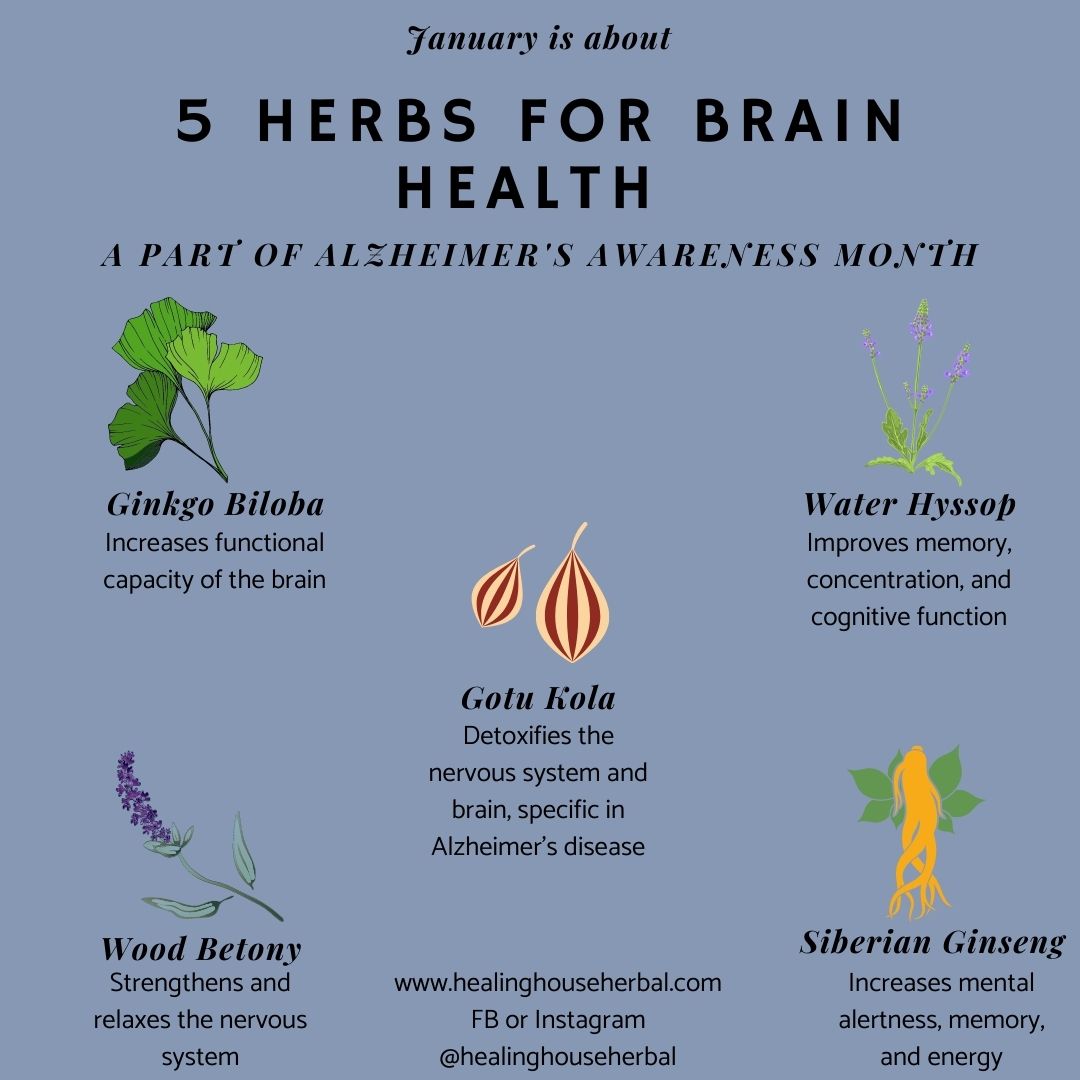


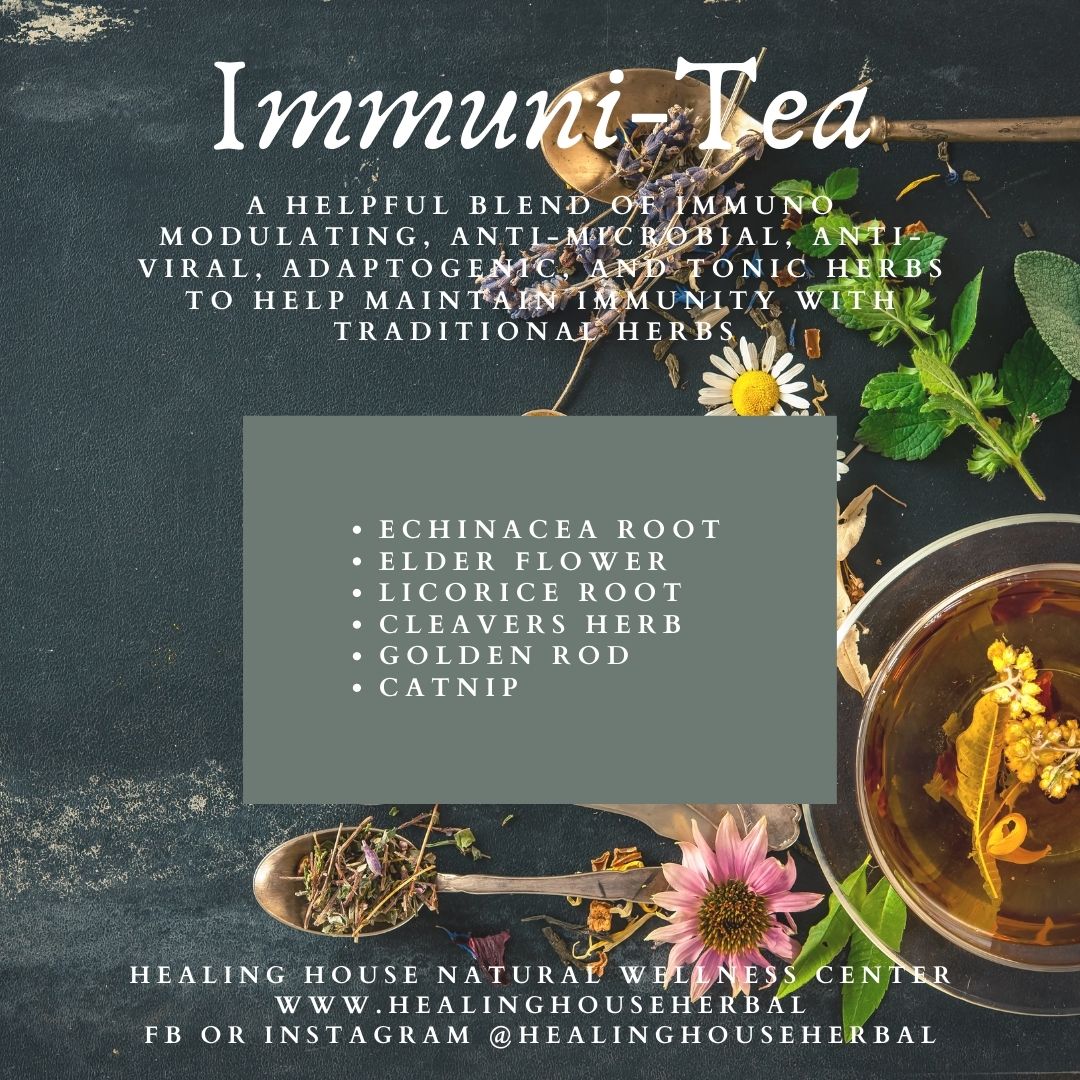
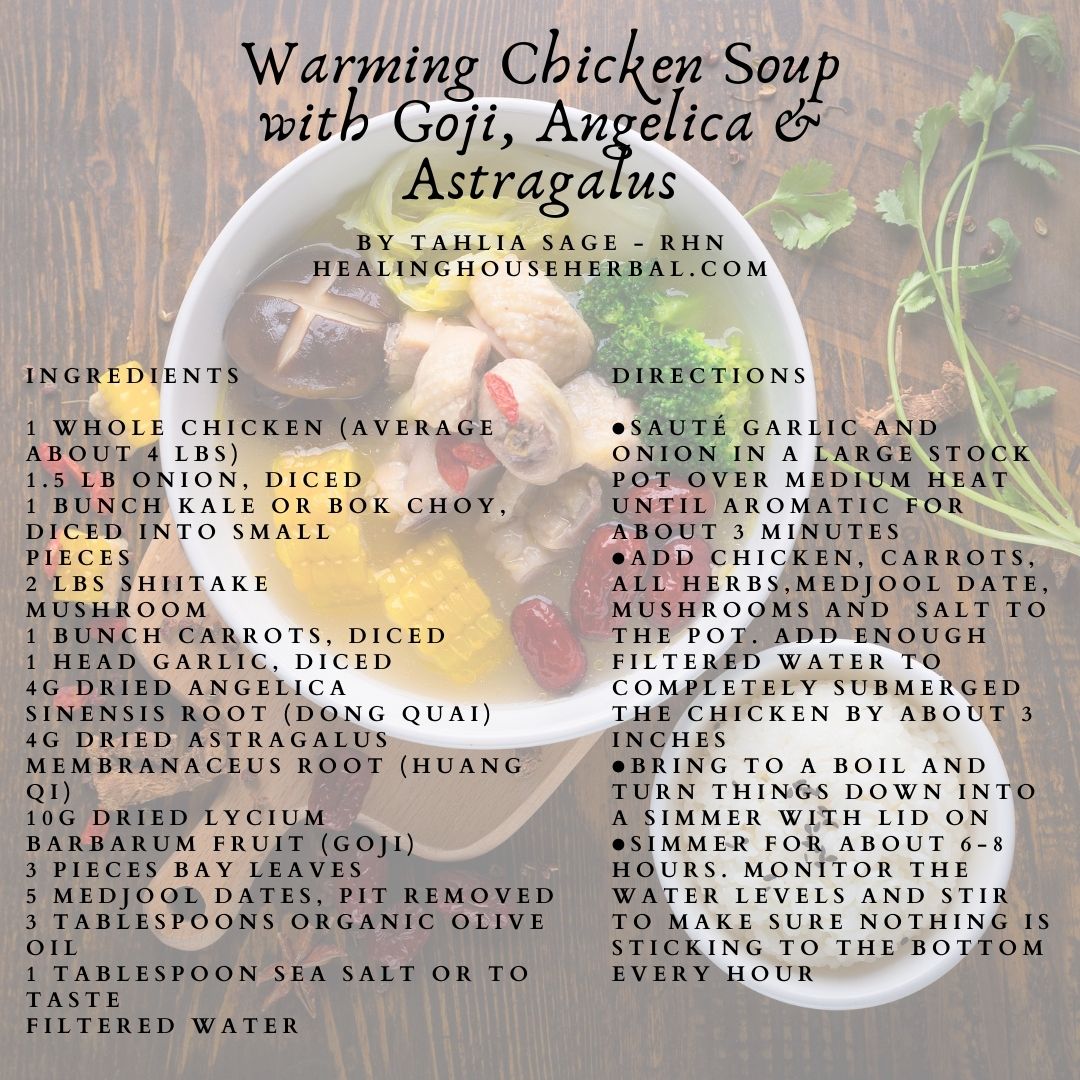
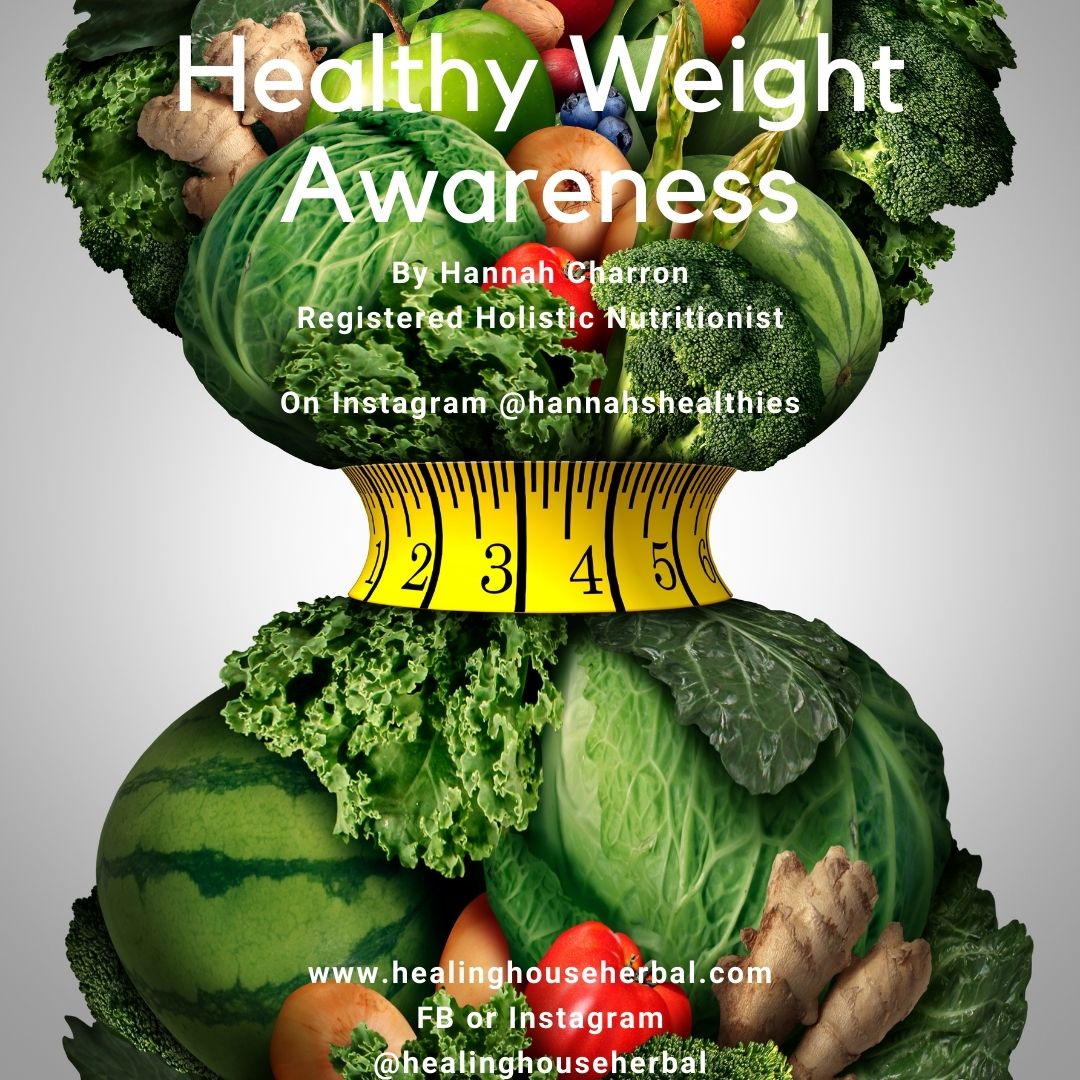
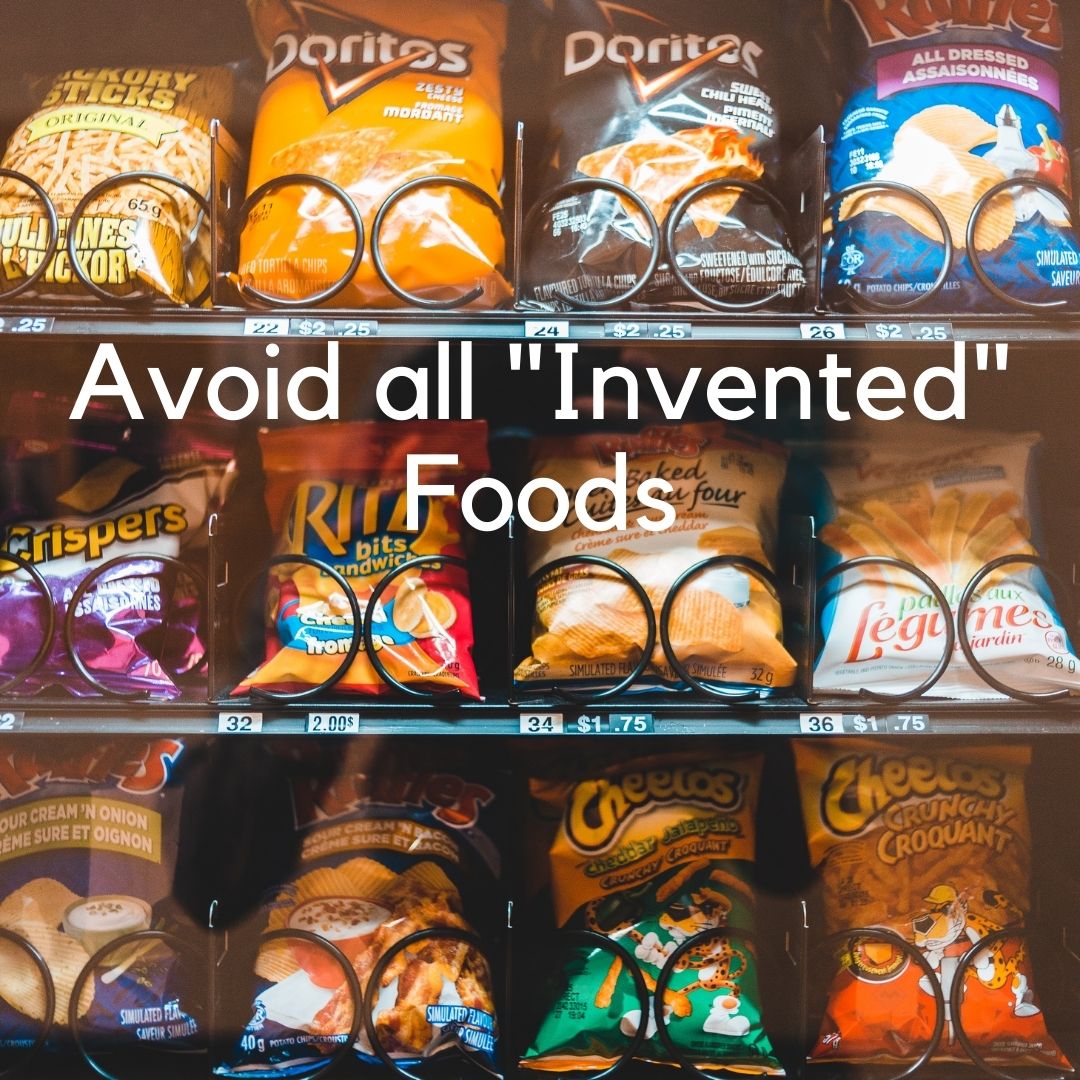
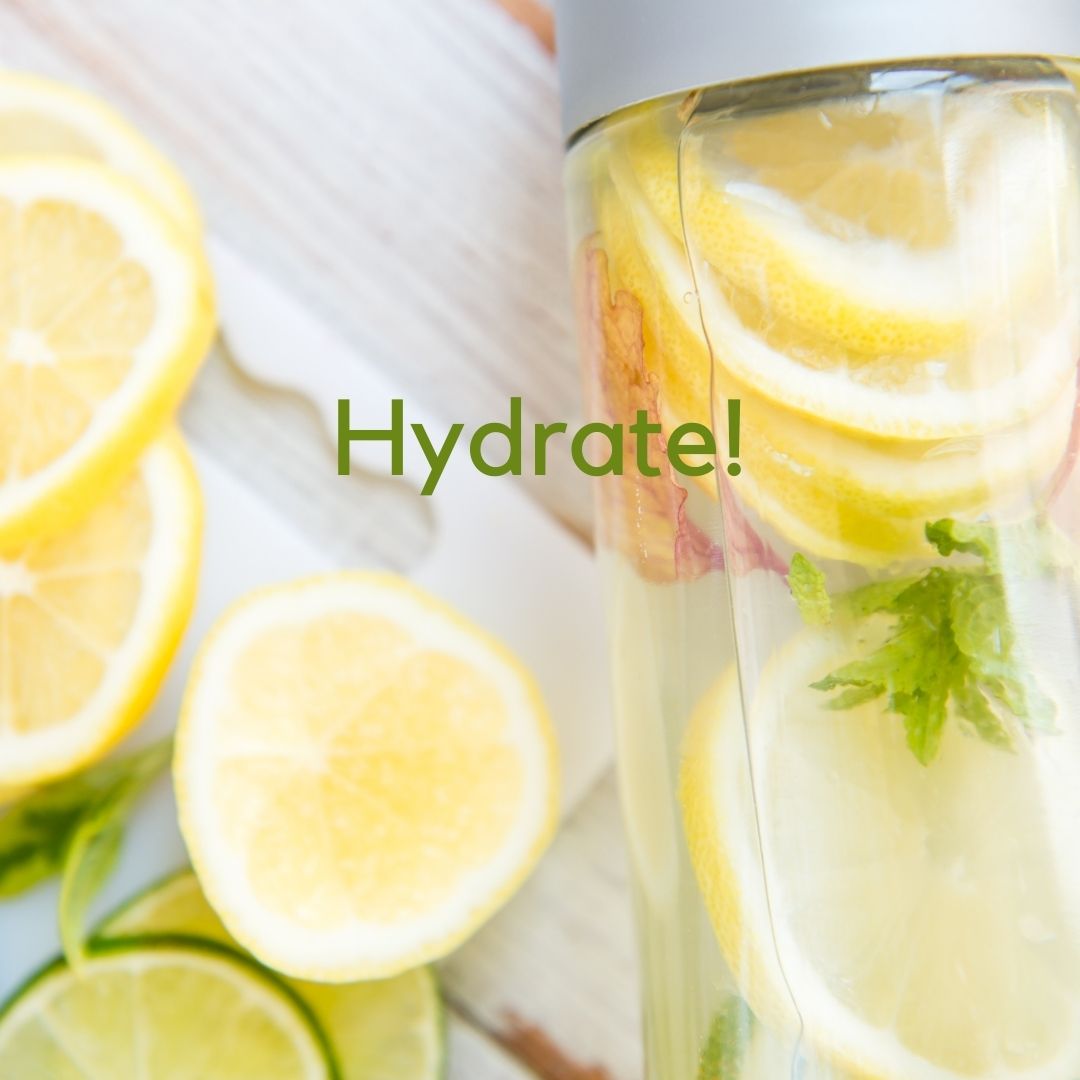
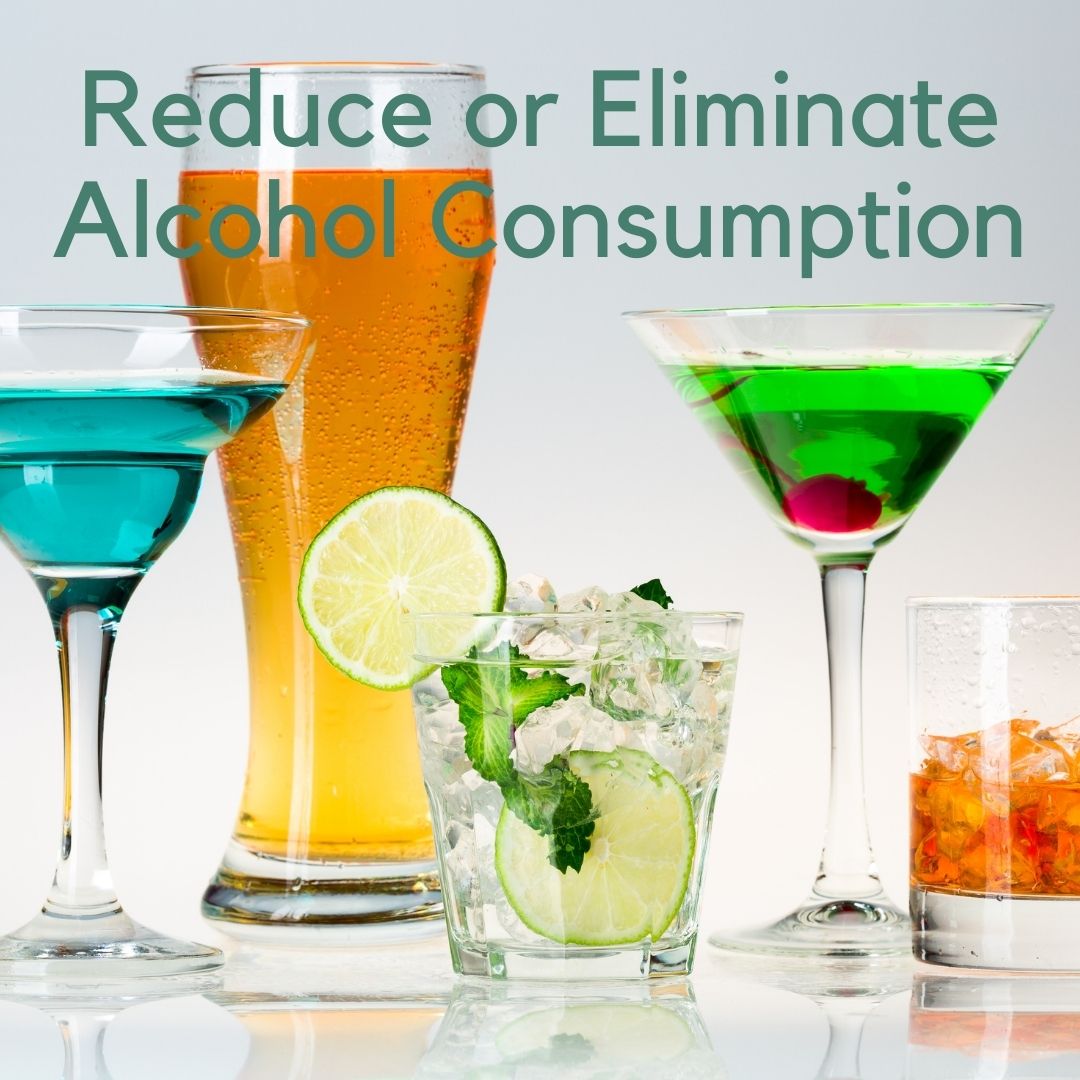
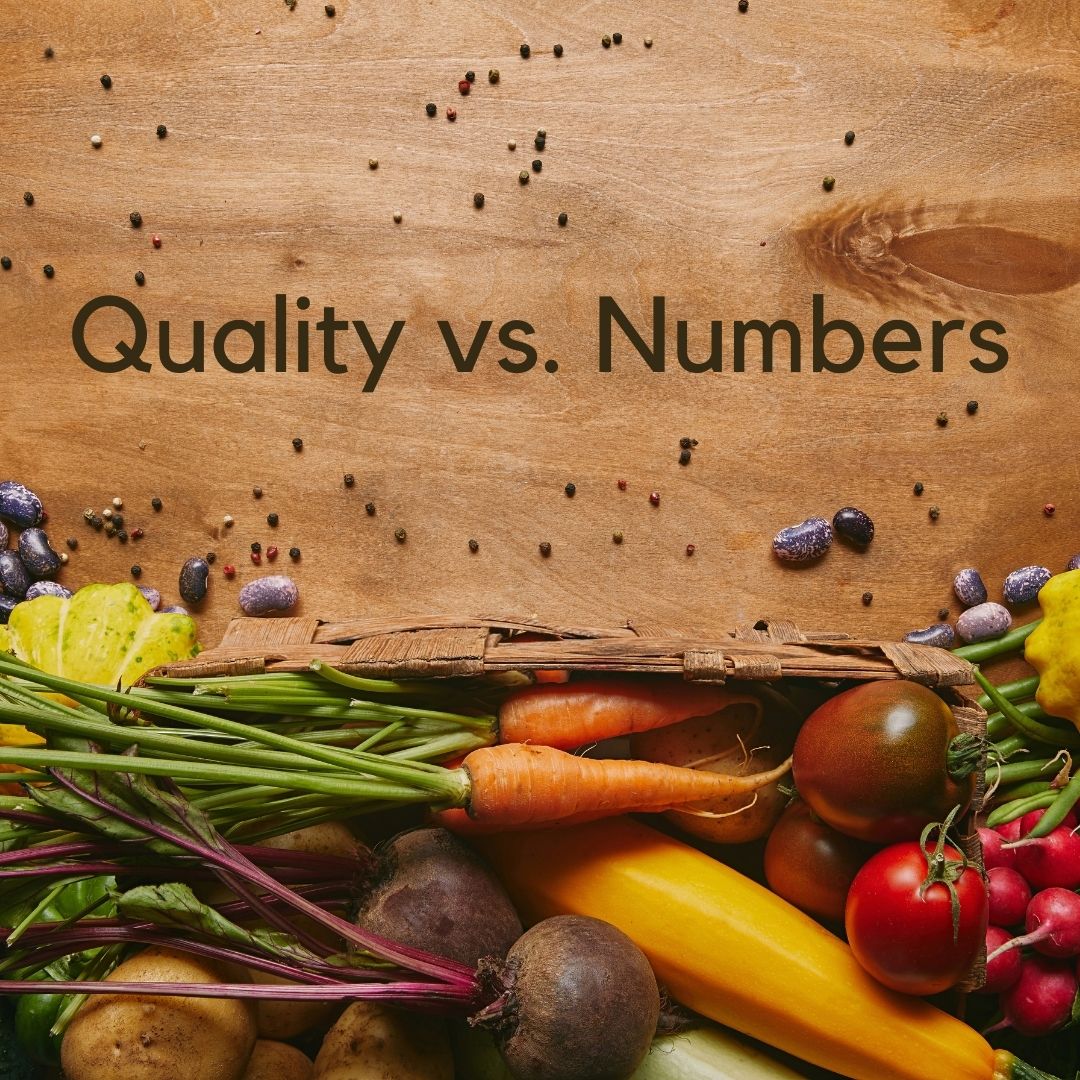


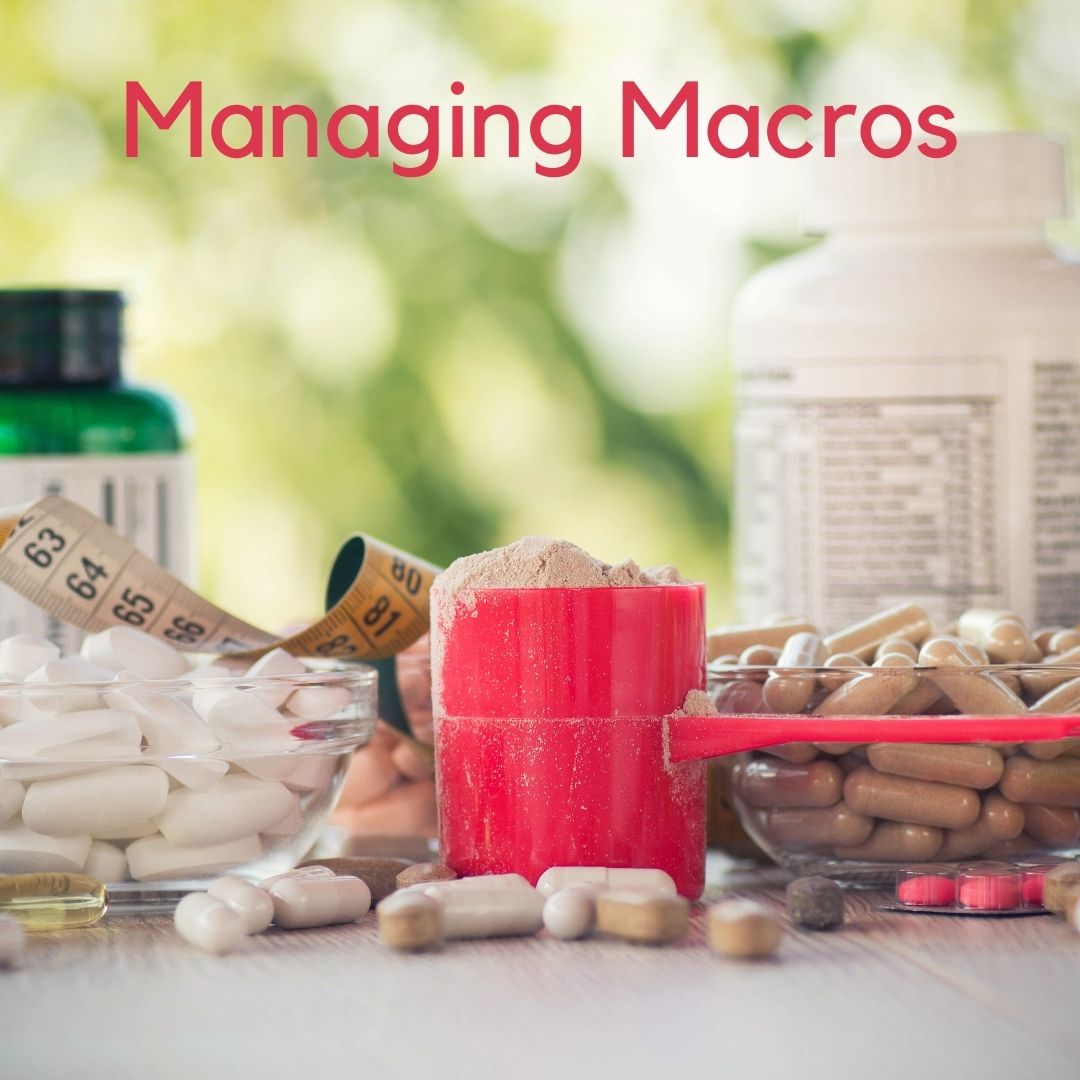

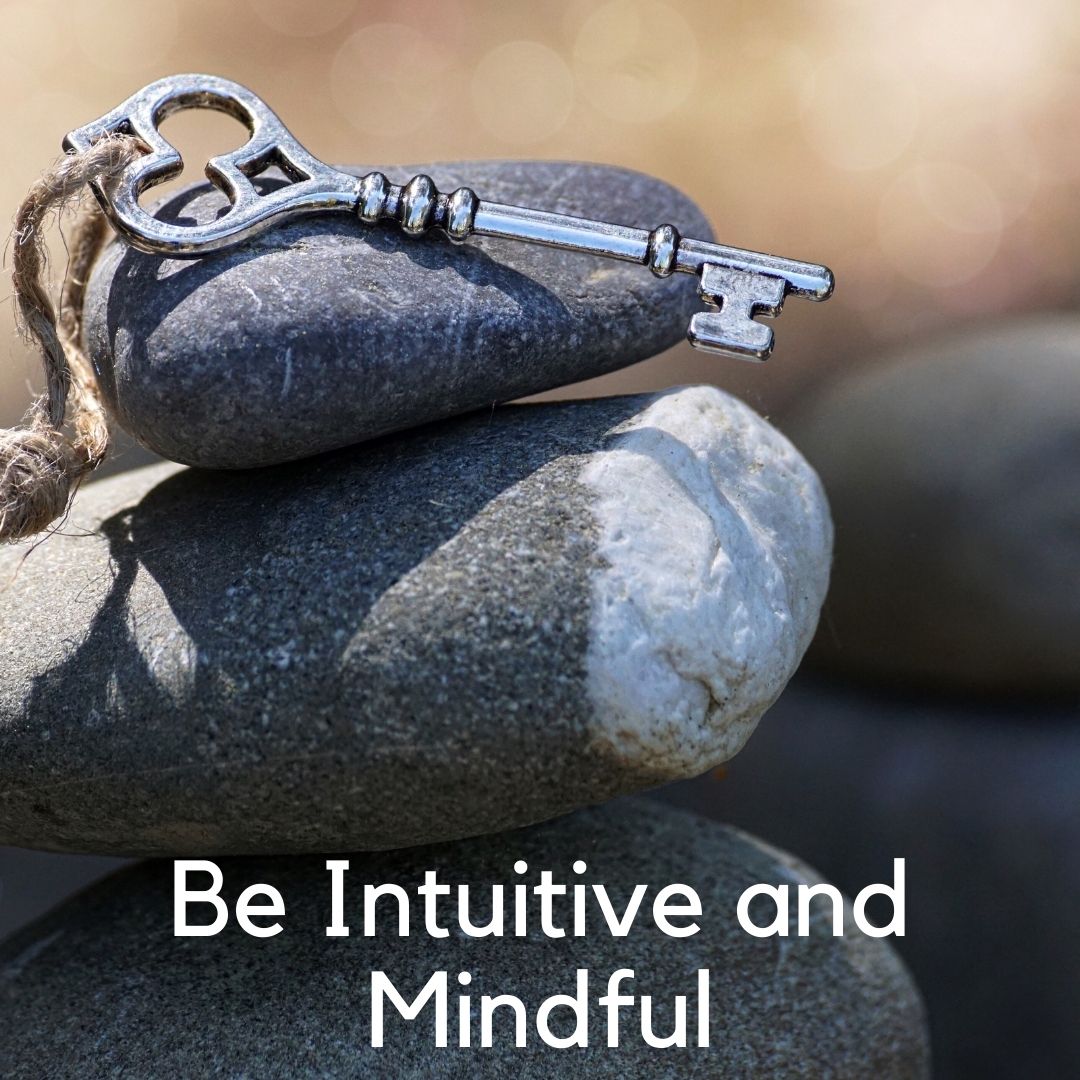
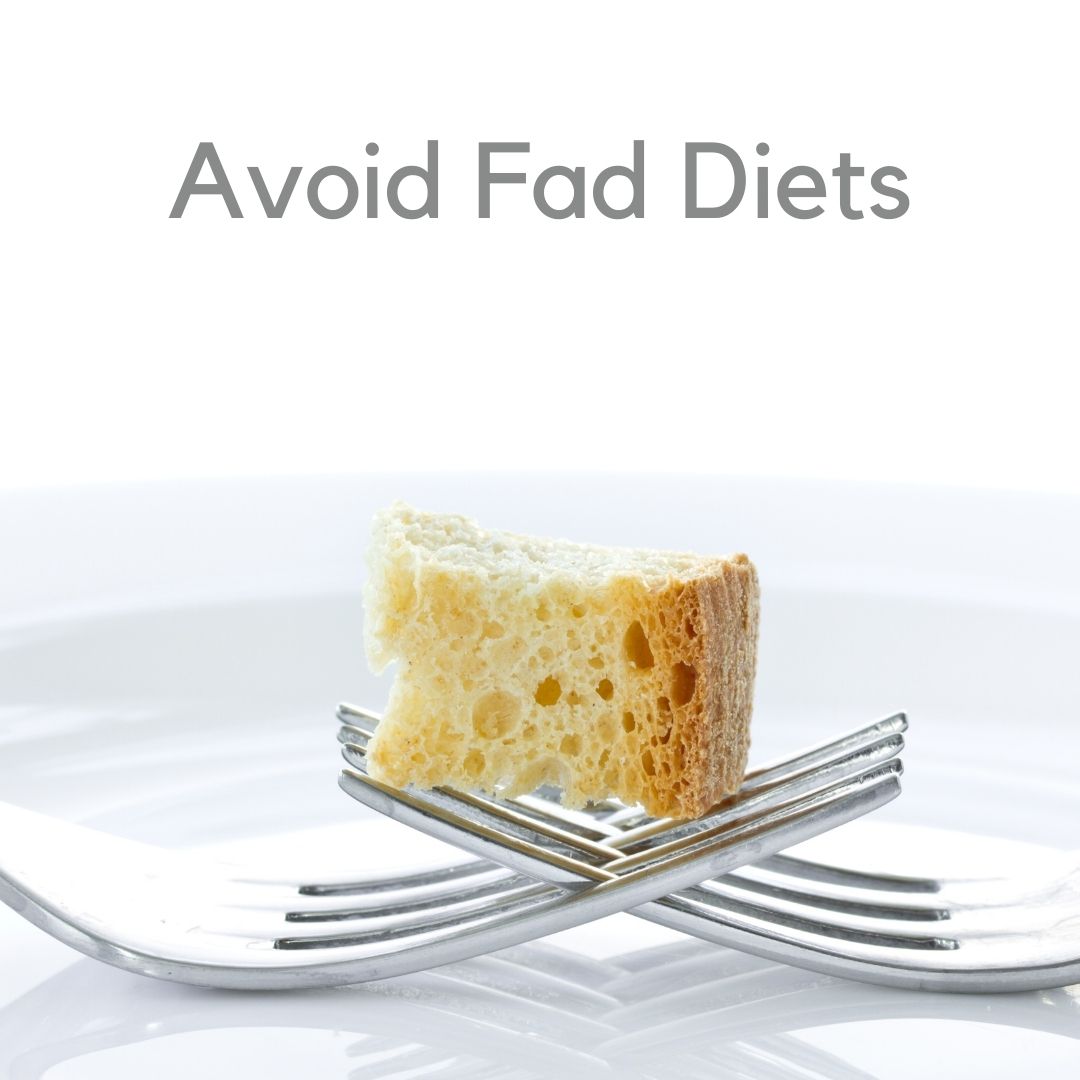
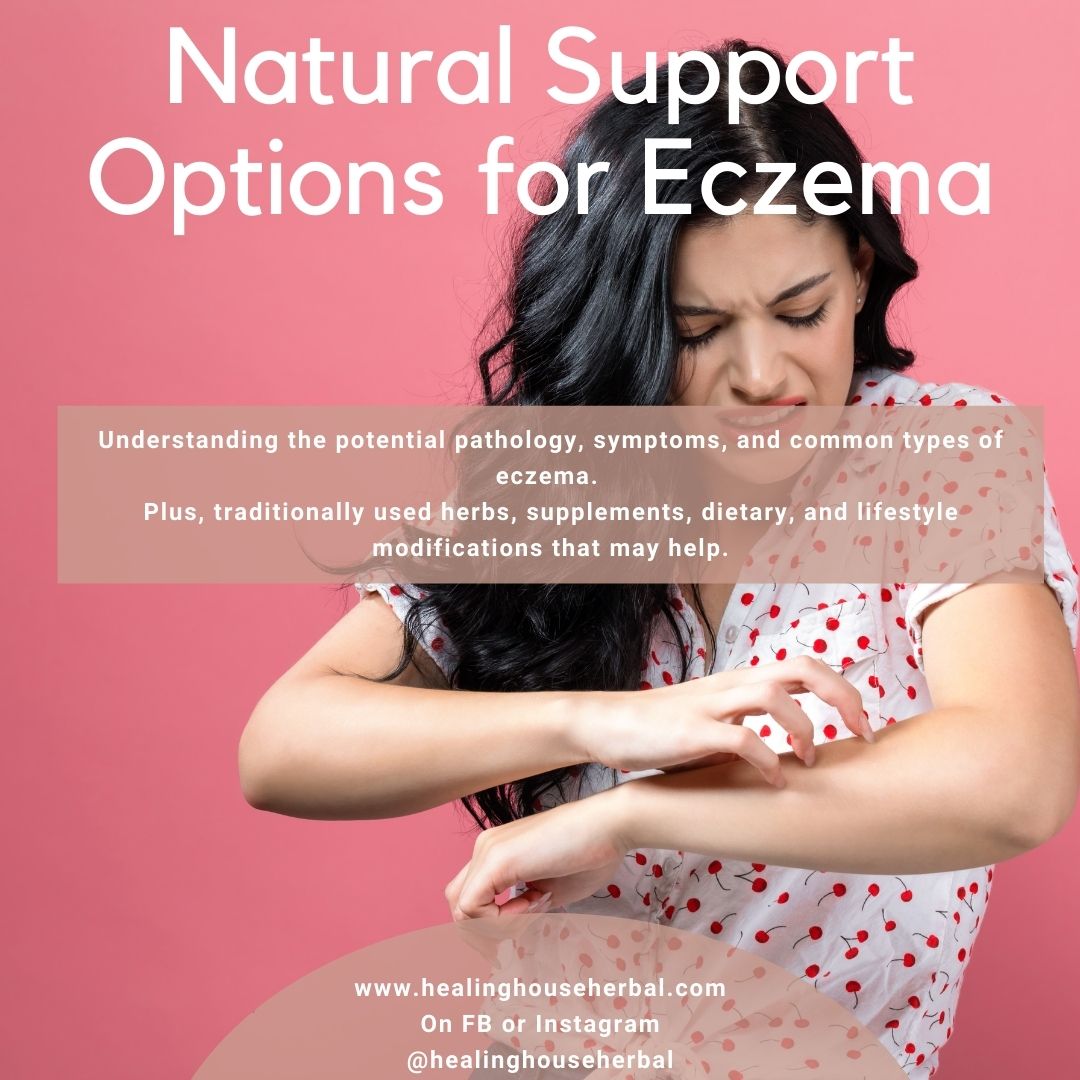

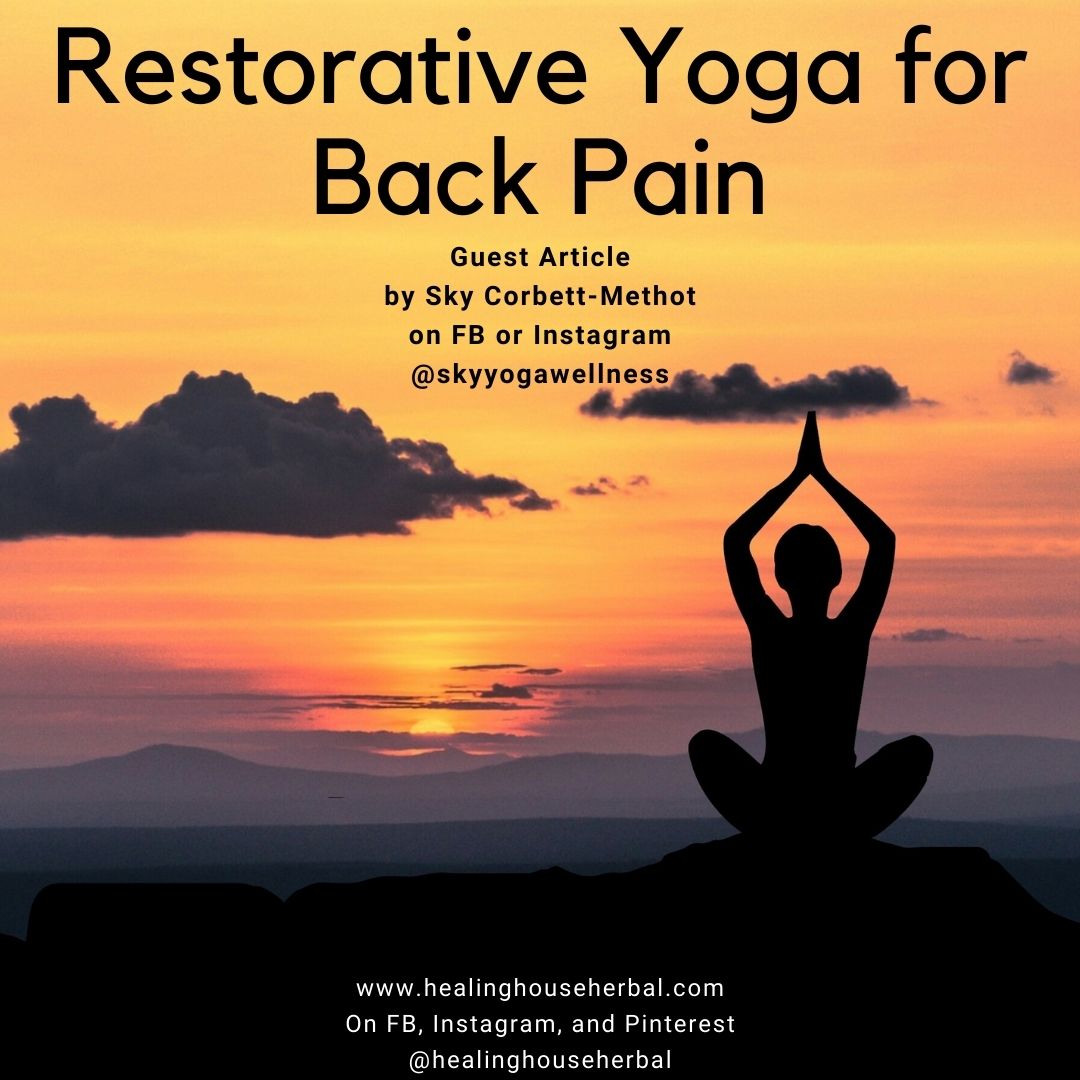




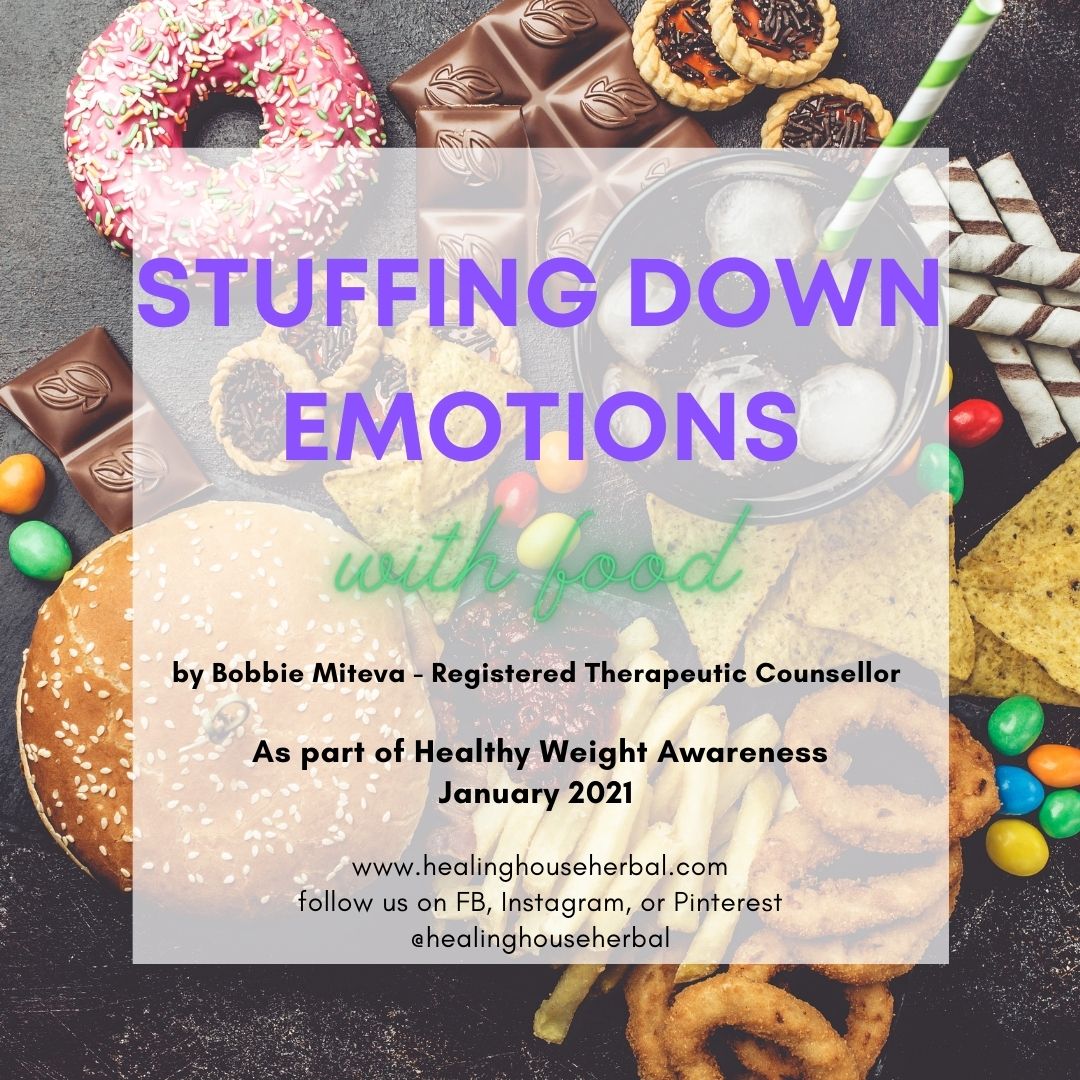

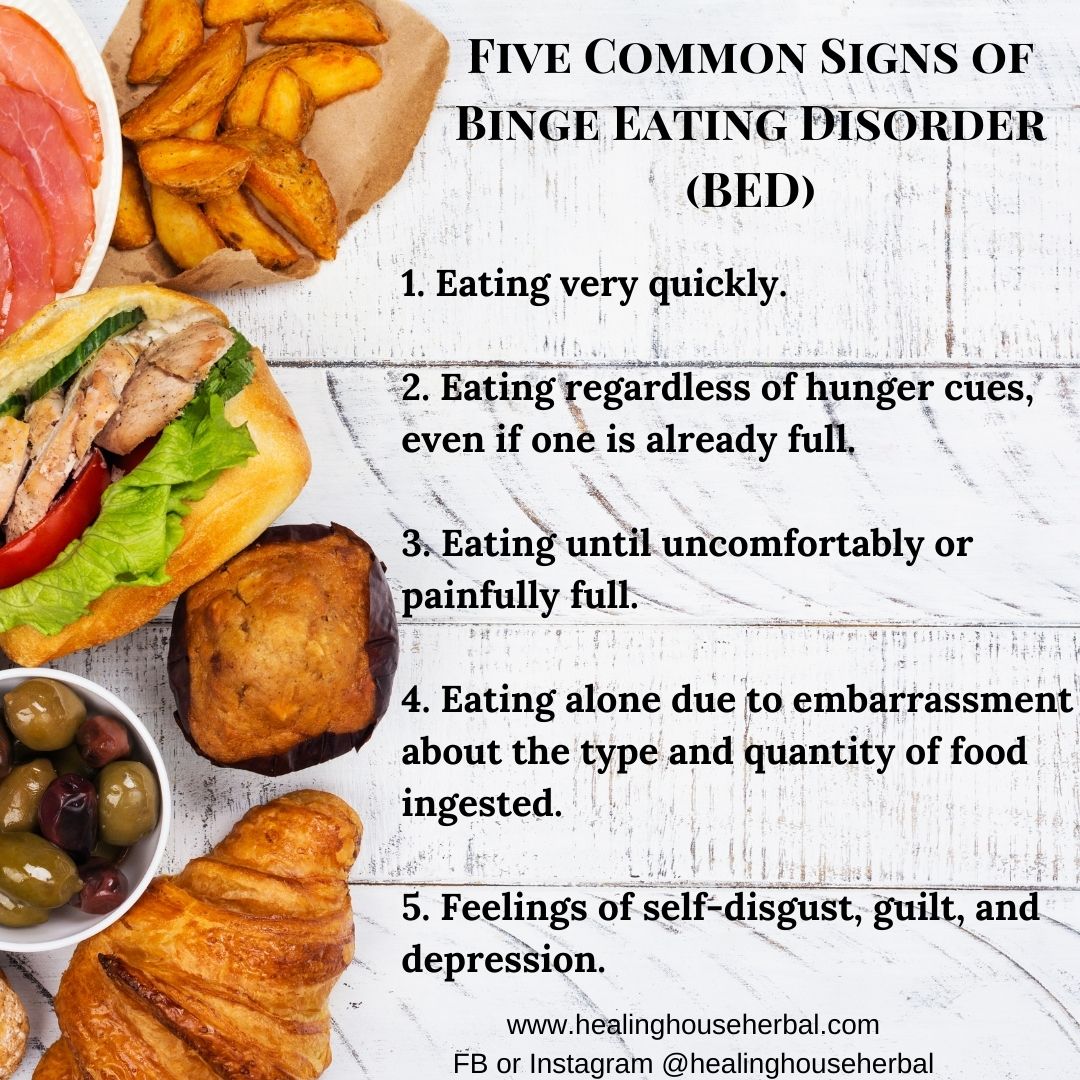

 RSS Feed
RSS Feed